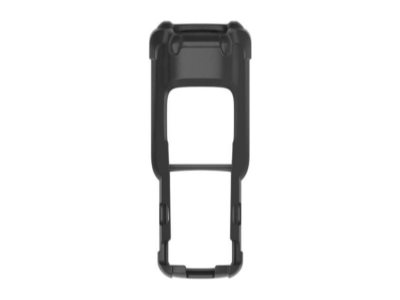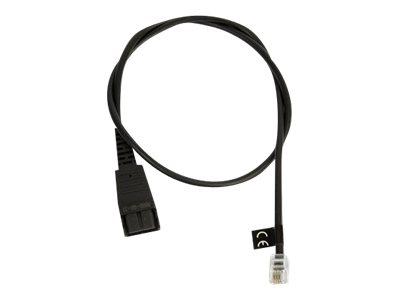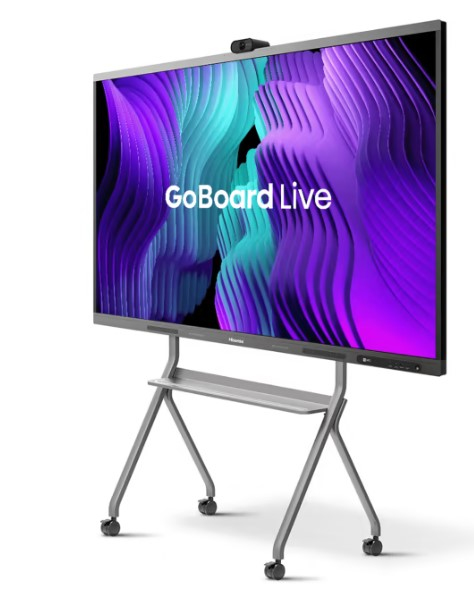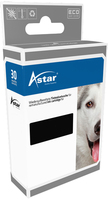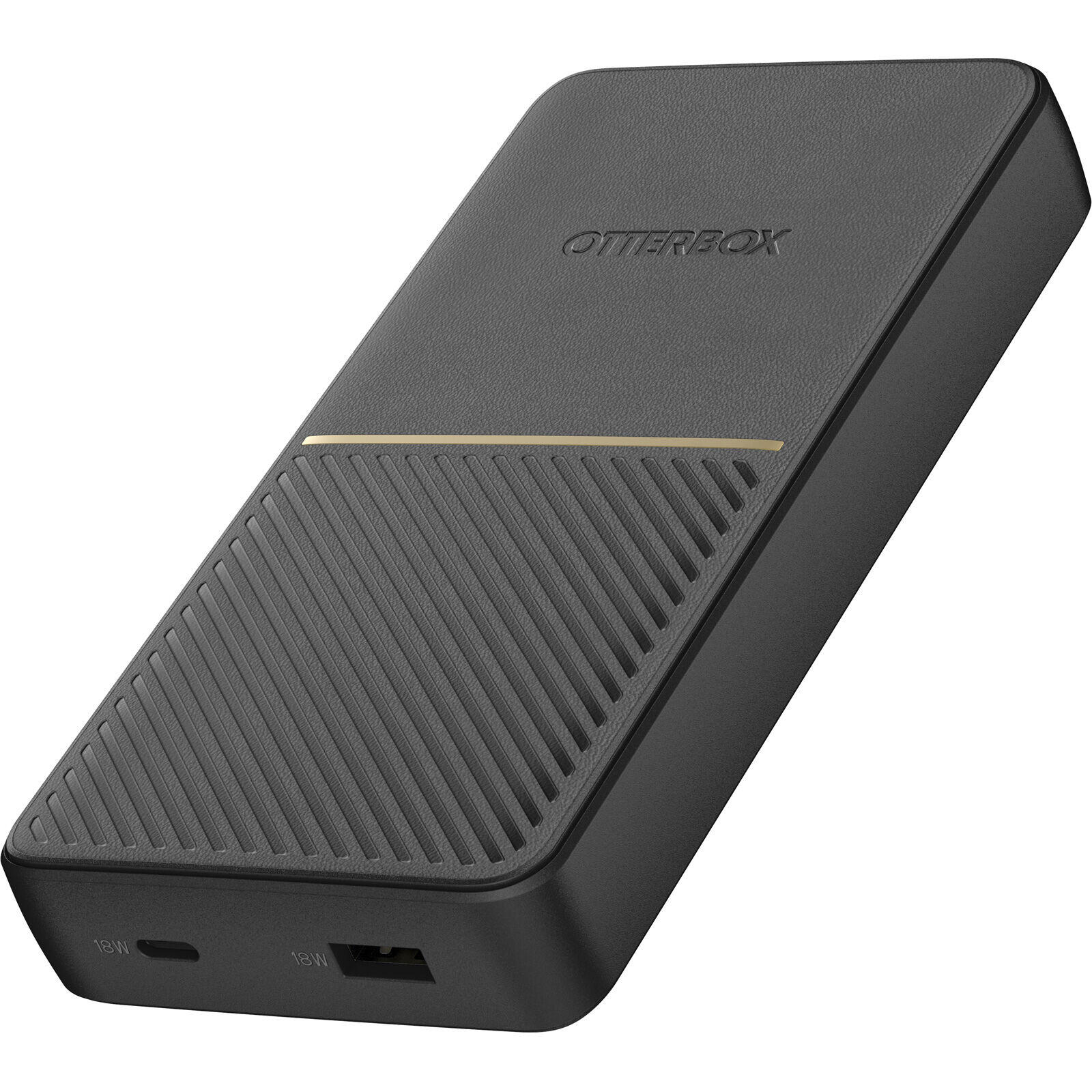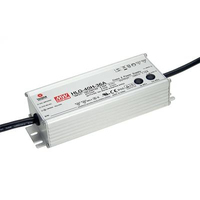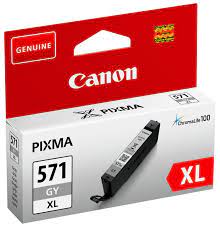- Details
- Meets individual body requirements: continuously vertical and horizontal adjustable- Ergonomic: less reaching to operate the mouse, comfortable and almost noiseless typing- Mobile: Compact size; completely foldable- Extra protection: two protective covers when traveling- Connection: USB with extra USB hubResearchUpper limb musculoskeletal discomfort ratings showed some significant improvements with the use of the adjustable keyboard by the end of the study (Hedge, et al, 2002).Health & Safety RegulationsThe distance between the keys should be between 18 and 20 mm (ISO 9241).The alphanumeric keys of the keyboard have to be separate from the function keys (ISO 9241).Dark keys on a light color background make reading easier and increase productivity (Snyder, 1990).The middle row of the keys may not be higher than 30 mm, measured from the desk (DIN 2137). The keyboard should have the ability to tilt and be separate from the screen so as to allow the worker to find a comfortable working position avoiding fatigue in the arms or hands. (Council Directive 90/270/EEC).
| Keyboard | |
| Recommended usage: | Office |
| Device interface: | USB |
| Keyboard language: | German |
| Keyboard form factor: | Mini |
| Connectivity technology: | Wired |
| USB hub: |  |
| Purpose: | PC/Server |
| Split keyboard: |  |
| Design | |
| Backlight: |  |
| Product colour: | Grey |
| Keyboard style: | Straight |
| Wrist rest: |  |
| Mouse | |
| Mouse included: |  |
| Weight & dimensions | |
| Keyboard dimensions (WxDxH): | 343 x 143 x 25 mm |
| Keyboard weight: | 500 g |
Product Safety Information
Responsible Person in the EU:
BakkerElkhuizen Eurotec-Ring 15 47445 Moers Deutschland info@bakkerelkhuizen.com



